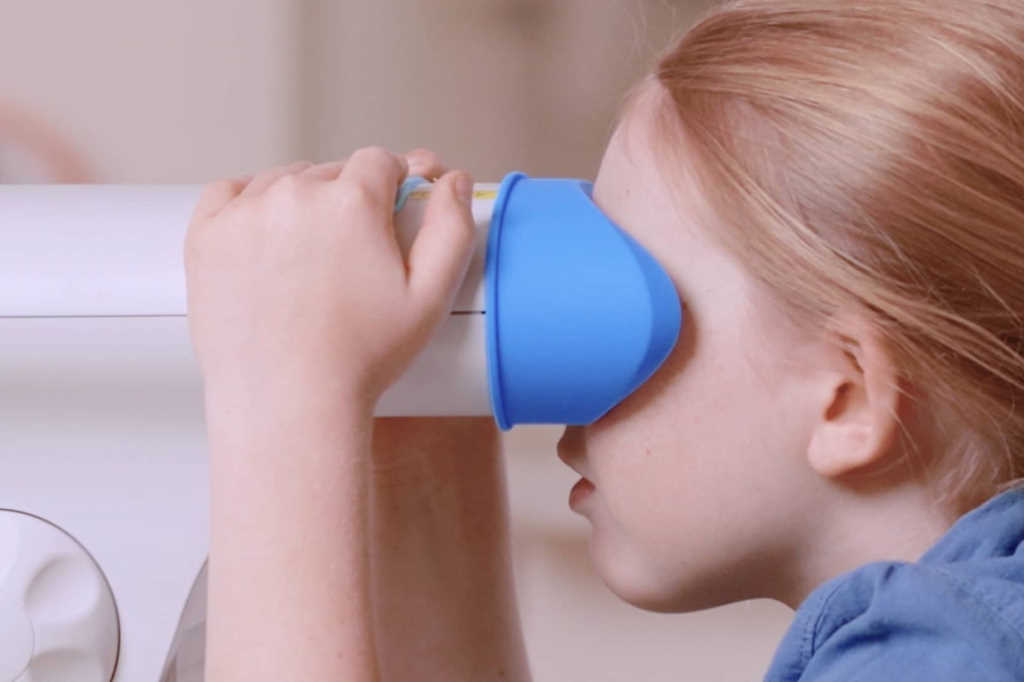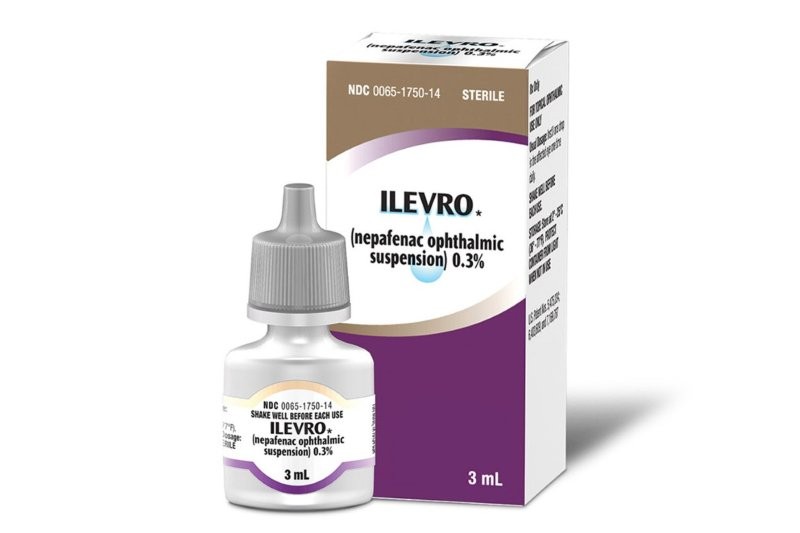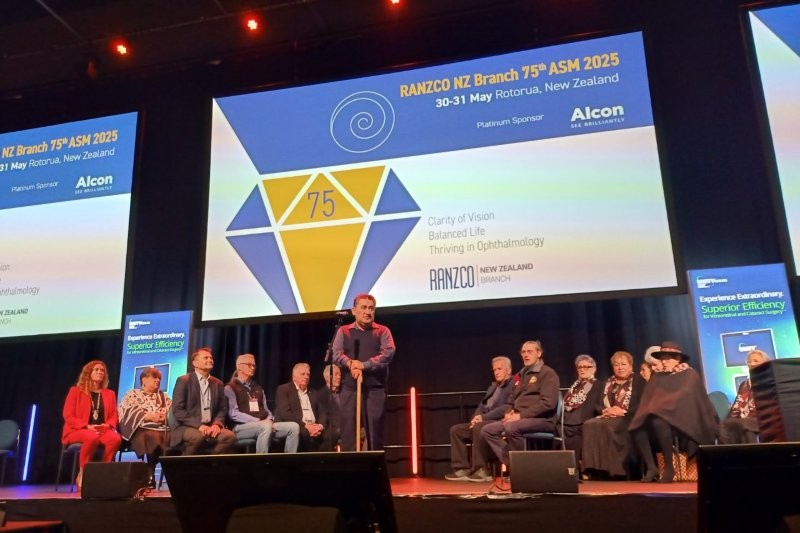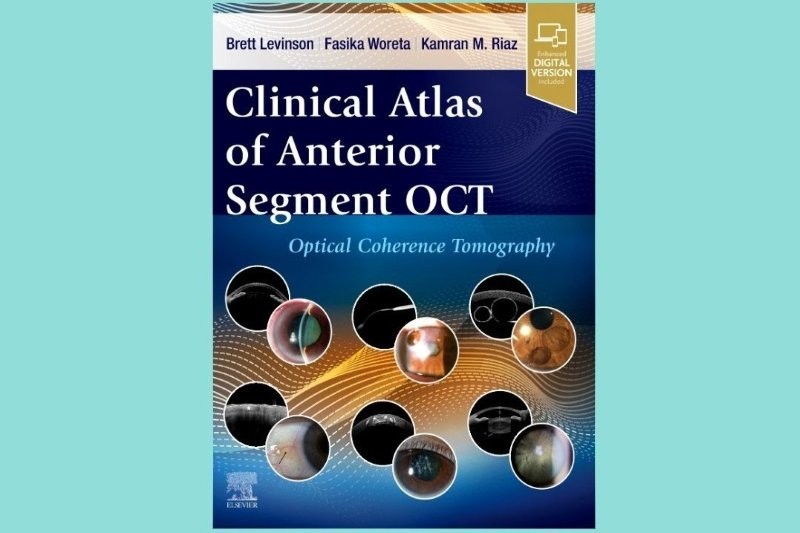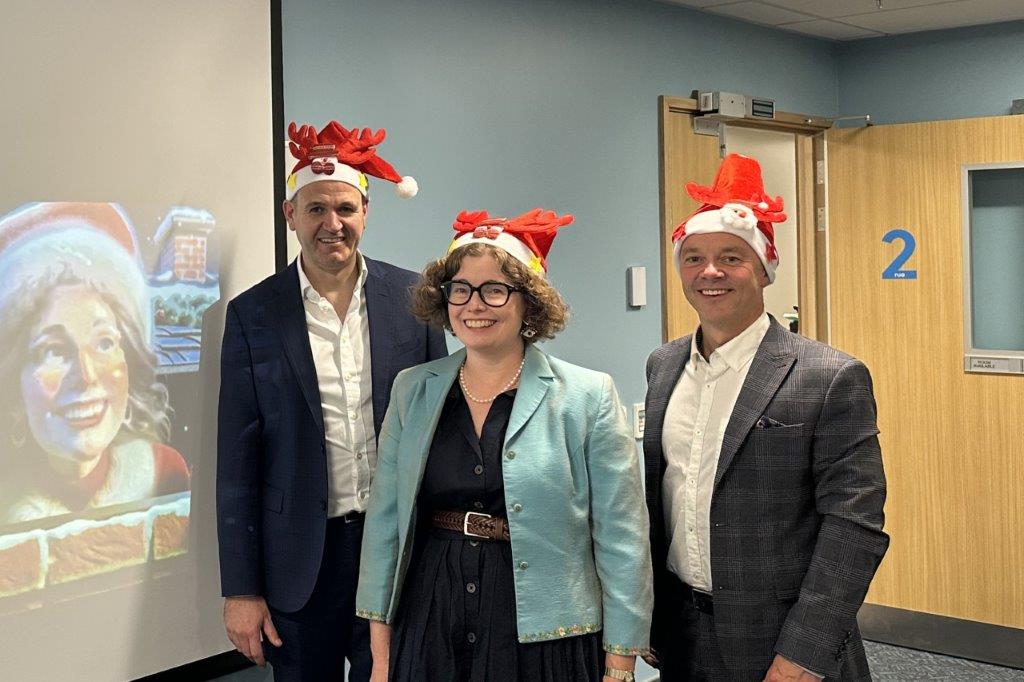Rare complication sparks safety concerns
In response to a young patient of Chinese ethnicity developing temporary vision loss and recoverable retinal damage after repeated low-level red-light (RLRL) treatment, the company behind the breakthrough technology, Eyerising International, stressed it is a safe method for myopia control.
Discussed in the Chinese Journal of Experimental Ophthalmology and JAMA Ophthalmology, the recent case is an example of rare adverse effects (5:75,000 or 0.0067%) and is one of just five reported cases among China’s 80,000 daily RLRL users, said Eyerising.
A case report¹ by the patient’s treating ophthalmologists at the Hunan Children’s Hospital in Changsha, described a 12-year-old female who first presented with vision loss, photophobia, red eye, runny nose, cough and no fever in September 2022. The patient had complained about abnormally bright light and prolonged rainbow-like afterimages (>5min) after exposure to RLRL one month before side-effects began. Despite guidelines from the provider advising patients and their parents to consult a doctor and cease treatment immediately in cases of prolonged afterimages, therapy was continued at home.
Examination revealed conjunctival hyperaemia in both eyes and a patchy fluorescein sodium staining was observed in the central cornea of the right eye. Both eyes exhibited inadequate accommodation and relaxation, said the child’s ophthalmologists. Ultrawide-angle fundus imaging revealed a round lesion at the macular fovea, while OCT scans showed discontinuity in the ellipsoid zone of the outer retinal layer at the fovea of both eyes, with a diameter of 712μm.
The diagnosis was bilateral high myopia, right eye keratitis, left eye conjunctivitis and retinal changes in both eyes. Medical treatment was initiated and she was referred to the Xin Hua Hospital in Shanghai for further examination. There, MRIs of the optic nerve (plain and contrast-enhanced), showed no abnormalities, but there were significant abnormalities in the visual fields of both eyes, according to the report. The multifocal electroretinogram (mfERG) showed a reduction in the amplitude density of the first ring in both eyes, with the disappearance of the central response peak. Both eyes had a slight reduction in the amplitudes of both rod and cone response waves. The patient was advised to take oral lutein for one month and to discontinue RLRL.
Two months after ceasing RLRL, the patient reported gradual improvement in vision and her corrected visual acuity (both eyes) had recovered to the same level as prior to treatment (0.8). OCT imaging showed the integrity and continuity of the ellipsoid zone in the macular fovea of both eyes had been restored. When seen again after four months, her cornea appeared clear and her retinal structure was intact.
Considering the case
Discussing what caused the adverse effects, authors of the JAMA Ophthalmology article² hypothesised they may have been associated with a potential light power instability of the device, potential improper long exposure, or a possible sensitivity to light toxicity in the patient, although they said no certain evidence was found to support either scenario.
Eyerising International’s CEO Paul Cooke said the reports identified important clinical information for clinicians to be aware of to help identify individuals at risk of rare side effects and to understand the prognosis of these effects. Eyerising’s view, however, is that the patient’s sensitivity to light toxicity is a more likely explanation rather than device malfunction or improperly long exposure, he said, with the former being unlikely because it would have produced far more cases and the latter highly improbable due to the setup of the machine.
Importantly, consulting with the patient’s doctors at Hunan Children’s Hospital, their data showed she initially responded ‘very well’ to RLRL therapy, with a regression of myopia from -6.50D to -4.25D after one month of treatment, said Cooke. “This two-diopter myopic regression, which is highly unusual, suggests that the child may be a super-responder to the light therapy.”
While Cooke conceded the case reports play an important role in the development of RLRL technology, he stressed it is crucial to recognise that these side effects are “extremely rare, foreseeable, characterised by prolonged after-image post treatment and substantial myopia reversion, detectable through reduced best-corrected visual acuity and OCT changes, and ultimately recoverable upon discontinuation of the treatment”.
Eyerising’s Myopia Management Device consists of semiconductor laser diodes, which deliver low-level red light with a wavelength of 650±10nm at an illuminance level of approximately 1,600 lux through the pupil to the fundus. The device is equipped with special safety features to prevent inappropriate and prolonged use. It is CE certified, registered with Medsafe in New Zealand and listed by the Australian Therapeutic Goods Administration. The reported case was a patient using a device from Eyerising Suzhou Xuanjia Optoelectronics Technology, Eyerising International’s original equipment manufacturer in China, which shares the same technology platform.
References
- Tian Y, Xiao Z. Recovery of retinal structural damage after repeated low-intensity red light therapy for high myopia: a case report. Chin J Exp Ophthalmol, 2023, 41(9): 853-855.
- Liu H, Yang Y, Guo J, Peng J, Zhao P. Retinal Damage After Repeated Low-level Red-Light Laser Exposure. JAMA Ophthalmol. 2023;141(7):693–695.










